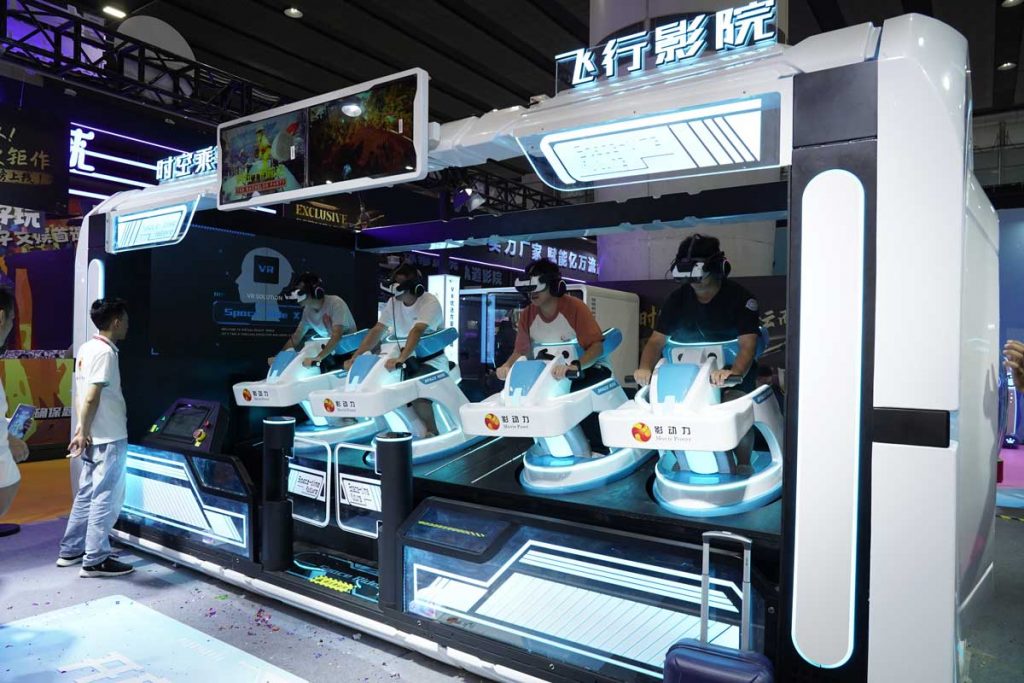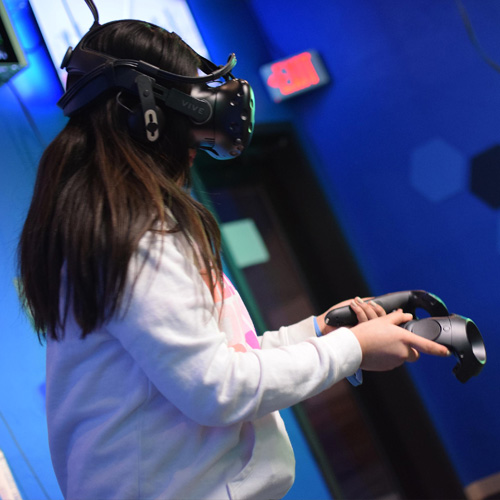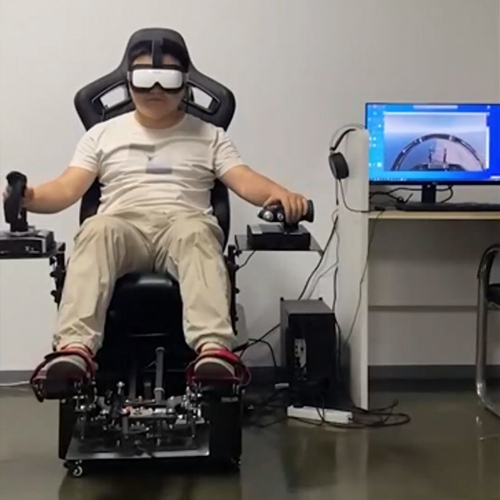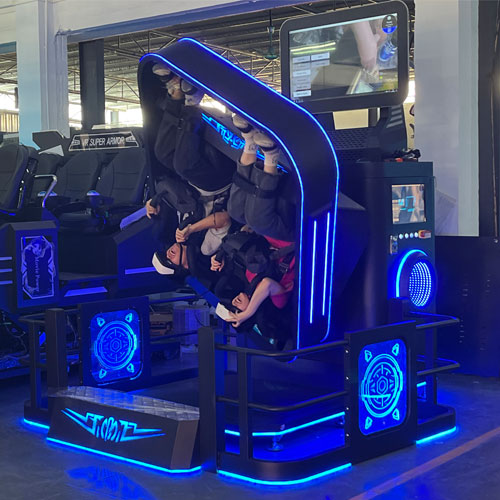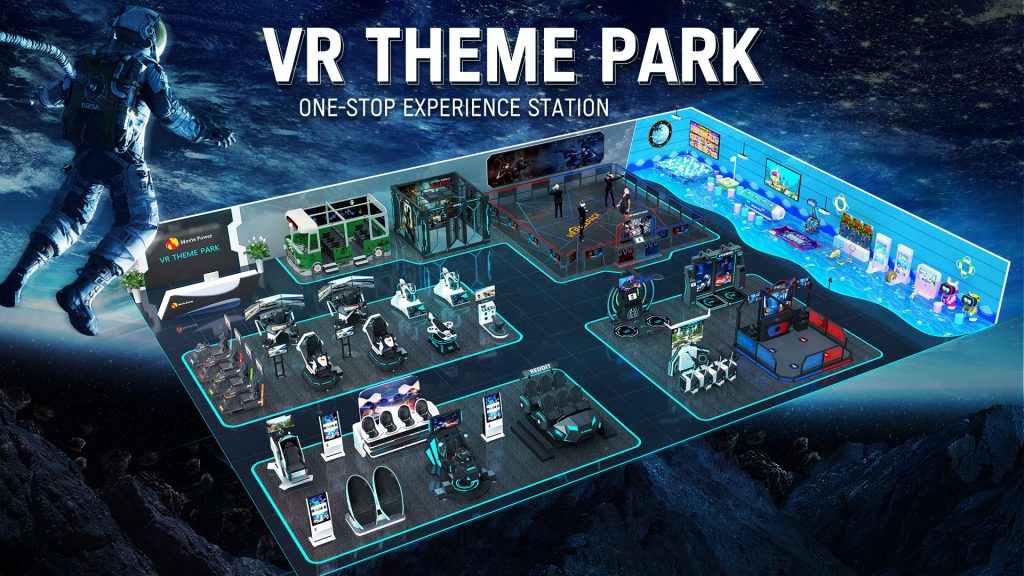Guangzhou Funspace Technology Co., Ltda.
FunSpace é fornecedor e fabricante de máquinas de fliperama com foco em pesquisas independentes, produção de desenvolvimento,vendas e serviços para máquinas de jogos arcade operadas por moedas.
CONTATE-NOS
Telefone: 0086 18011735497
E-mail: [email protected]
Endereço: Não. 42 Estrada Shixin, Rua Donghuan, Distrito de Panyu , Cantão, China.
Cardápio

